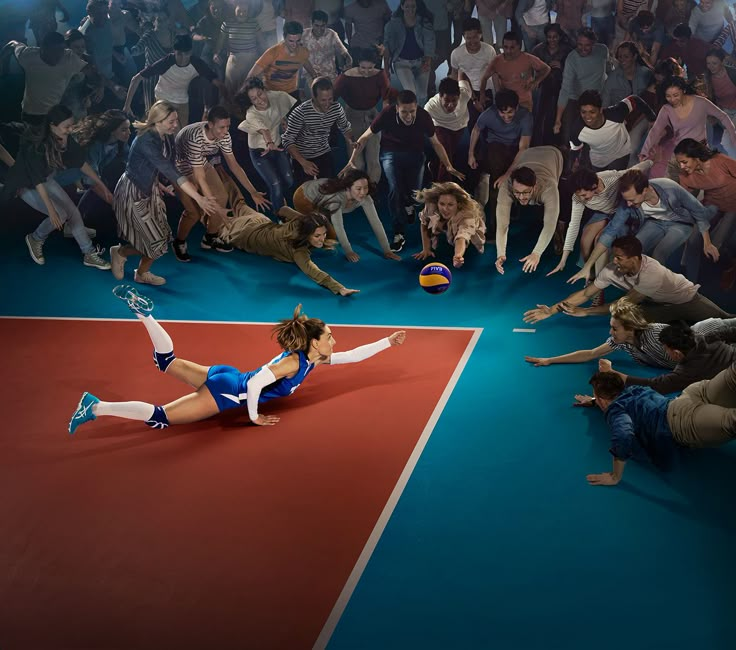Sports vs. Aging: How Physical Activity Combats the Effects of Aging

- Repoter 11
- 10 Mar, 2025
Aging is an inevitable process that affects every individual, bringing about physical, mental, and emotional changes. However, research has shown that regular physical activity can significantly reduce the negative effects of aging and improve the quality of life for older adults. This article explores the relationship between exercise and aging, discussing how sports can help prevent the physical and cognitive decline associated with getting older. As we age, our bodies undergo various changes. Muscle mass tends to decrease, bone density can weaken, and flexibility may decline. These changes can lead to a loss of mobility, increased risk of injury, and a decline in overall physical functioning. Additionally, older adults may experience a decrease in cognitive abilities, such as memory and concentration, which can affect their daily lives. While aging is a natural process, a sedentary lifestyle can accelerate these changes. Lack of physical activity often contributes to weight gain, cardiovascular disease, and a general decline in physical fitness. This is where sports and exercise come into play as effective tools to counteract the negative effects of aging. Sports and physical activities offer numerous benefits to the aging body, including: Improved Cardiovascular Health: Regular aerobic exercise, such as walking, swimming, or cycling, helps maintain healthy blood pressure, cholesterol levels, and heart function. This reduces the risk of heart disease, stroke, and other cardiovascular conditions that become more common with age. Maintaining Muscle Mass and Strength: Weight-bearing exercises, such as resistance training and certain types of sports like tennis or basketball, can help older adults preserve muscle mass and prevent sarcopenia (age-related muscle loss). Building and maintaining muscle strength also promotes better balance and coordination, reducing the risk of falls. Enhanced Bone Density: Sports that involve weight-bearing activities, like jogging, dancing, or weightlifting, are beneficial for bone health. These activities help prevent osteoporosis and reduce the risk of fractures by promoting bone strength and density. Flexibility and Joint Health: Regular participation in sports like yoga, swimming, or stretching exercises can improve flexibility and joint mobility. This helps prevent stiffness and discomfort, allowing older individuals to move more freely and comfortably. Physical activity not only benefits the body but also has significant positive effects on the brain. Regular participation in sports can: Enhance Cognitive Function: Exercise has been linked to improved memory, attention, and cognitive processing speed. It stimulates the production of growth factors and neurotransmitters that promote brain health, which may help prevent age-related cognitive decline and conditions like Alzheimer's disease. Boost Mental Health and Mood: Engaging in physical activities such as team sports or outdoor activities can improve mood, reduce anxiety and depression, and help manage stress. The release of endorphins, also known as "feel-good" hormones, during exercise is known to promote a sense of well-being and happiness. Increase Social Interaction: Many sports, especially team-based ones, provide an opportunity for older adults to socialize and interact with others. Social engagement is a key factor in maintaining mental health and reducing feelings of isolation, which can increase with age. Regular physical activity is a preventive measure against several chronic diseases that are more prevalent in older age. These include: Type 2 Diabetes: Exercise helps regulate blood sugar levels and improves insulin sensitivity, reducing the risk of type 2 diabetes. Arthritis: Sports that promote joint mobility, such as swimming and cycling, can help alleviate the symptoms of arthritis by reducing stiffness and improving movement. Obesity: By increasing energy expenditure and promoting fat loss, regular physical activity helps manage weight and prevents obesity, a significant risk factor for various age-related health conditions. While any form of physical activity is beneficial, it’s important for older adults to choose sports or exercises that are appropriate for their fitness level and health condition. Low-impact sports, such as walking, swimming, cycling, and golf, are excellent choices for individuals who want to stay active without straining their joints. For those looking to improve strength and flexibility, yoga, Pilates, and resistance training are great options. Additionally, balance-focused activities such as Tai Chi or dancing can enhance coordination and reduce the risk of falls, a common concern for older adults. Sports and physical activity are essential tools for combating the negative effects of aging. Regular exercise helps maintain physical and mental health, preventing chronic conditions, improving cognitive function, and enhancing overall well-being. By incorporating sports into their daily lives, older adults can enjoy a higher quality of life, remain independent, and experience the joys of physical activity at any age. Thus, sports are not just for the young—they are vital for healthy aging and longevity.1. The Impact of Aging on the Body
2. Physical Benefits of Exercise for Older Adults
3. Mental and Cognitive Benefits of Sports
4. Sports as a Tool for Preventing Age-Related Diseases
5. Choosing the Right Sports for Older Adults
6. Conclusion
Leave a Reply
Your email address will not be published. Required fields are marked *




